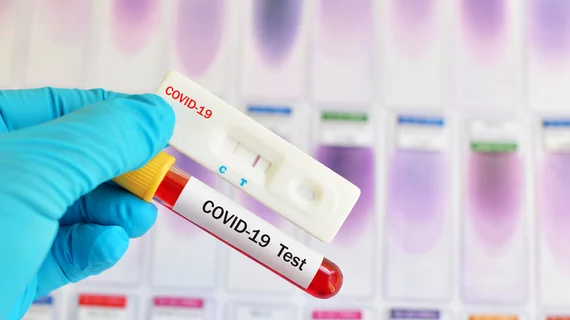Cost of coronavirus care tops $34K
A patient who sought treatment for coronavirus symptoms in late February was left with a medical bill of $34,927.43 for testing and treatment, TIME reported. The patient, Danni Askini, was uninsured when she was referred to an emergency room in Boston to get care.
Askini’s story is what some healthcare experts fear could worsen the COVID-19 pandemic. Beyond a shortage of tests, the high cost of care to get diagnosed and treated for COVID-19 could deter some patients and further exacerbate the spread of the disease without the knowledge of who has it. Medical experts are anticipating a huge influx of patients needing intensive care in hospitals in the coming weeks and months as COVID-19 continues to spread, potentially leaving thousands more on the hook for enormous medical bills.
The cost of care for COVID-19 has led several healthcare providers to waive costs for diagnosing the disease in patients. Medicaid will also cover COVID-19 testing and treatment. However, uninsured people may be out of luck, as a new bill covers testing of COVID-19 going forward, but does not cover the costs of treatment.
See the full story below:

